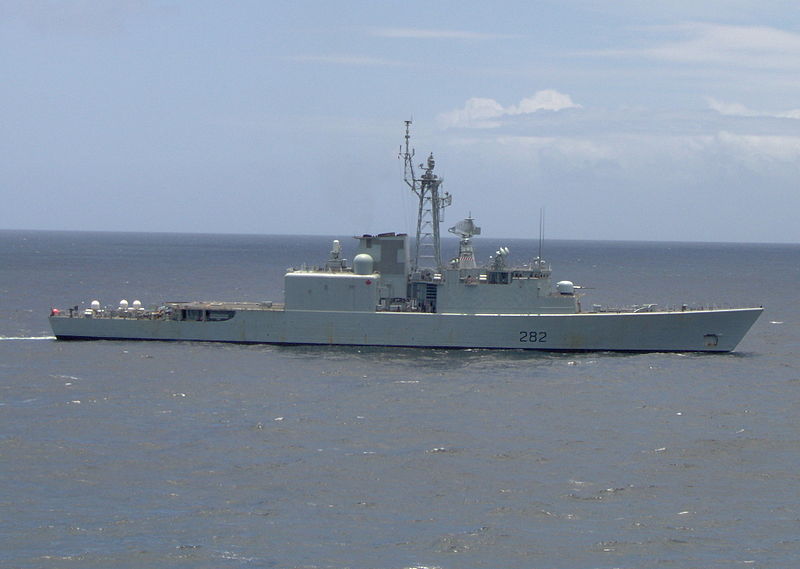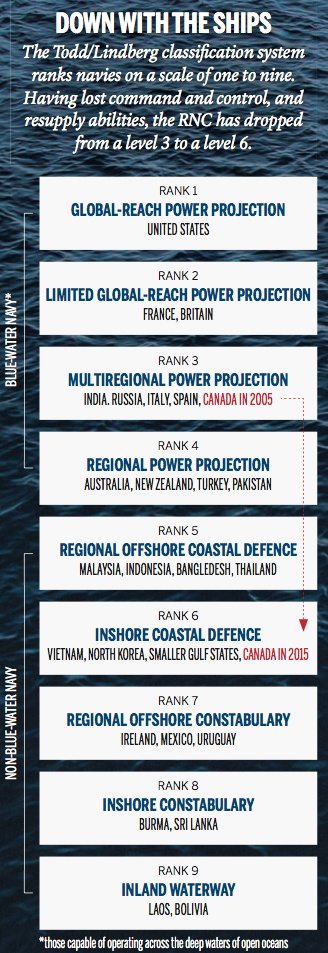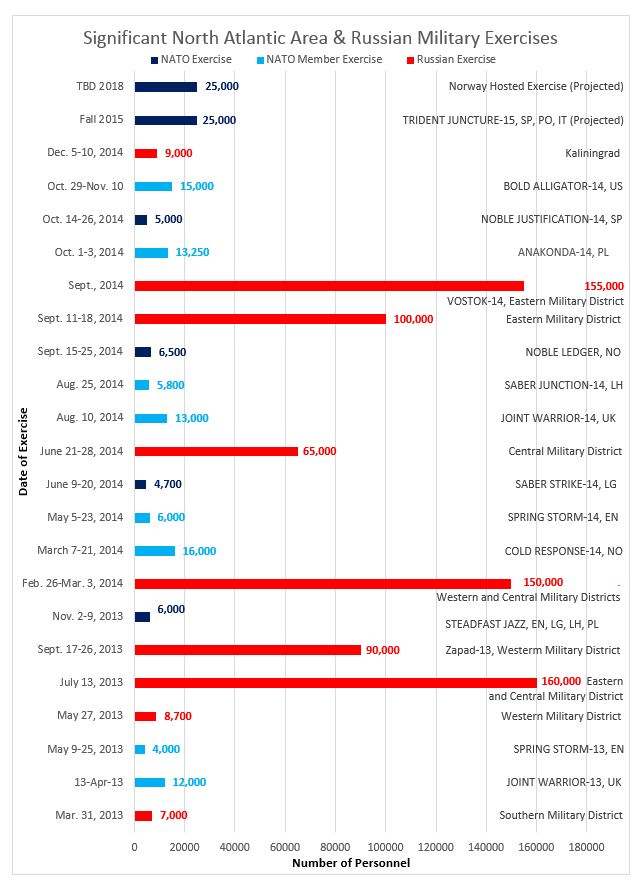 Thanks to a post at Army.ca, here is the rough outline of the NATO battle group that Canada will be leading in Latvia later this summer (oddly lacking in attached artillery support):
Thanks to a post at Army.ca, here is the rough outline of the NATO battle group that Canada will be leading in Latvia later this summer (oddly lacking in attached artillery support):
… the Canadian-led battalion level battle group will be composed of about 1,138 soldiers, as well as armor, armored transport and combat support. Of that number, 450 will be Canadian mechanized infantry bringing with them armored vehicles and various support elements. A specialized Canadian reconnaissance platoon will also be on the ground. Albania will send 18 combat (explosive ordnance disposal) engineers. Italy will send a mechanized infantry company consisting of 160 soldiers plus armored fighting vehicles. Poland will send a tank company with 160 troops. Slovenia will send 50 soldiers specializing in defense against weapons of mass destruction, (chemical, biological and nuclear weapon defense, decontamination operations etc). Spain will send the second-largest contingent: 300 soldiers from a mechanized infantry company and armored vehicles, combat engineers and support elements.
As Ted Campbell points out, this is an odd and unwieldy formation and seems unnecessarily multi-national for such a small tasking. Why isn’t the Canadian Army just sending a full battalion with the necessary supporting troops (artillery, armour, engineers, medical and logistics, etc.) to minimize operational and linguistic friction? It’s because we don’t have enough troops to do that successfully:
There is an old, tried and true, military expression to describe this: “it’s a dog’s bloody breakfast!” Can you imagine trying to command and control that organization? Especially under NATO’s rules that, as we saw in Afghanistan, allow each country to impose caveats on what where when and how its forces may be
toldasked to do anything at all.So how did we, Canada, get to this? How is it that we cannot, it appears, deploy a complete battle group without Albanian, Italian, Polish, Solvenian and Spanish troops? After all, we had a full battle group in Afghanistan just five years ago, didn’t we?
Well, yes, but …
First, a “battle group” is rarely a formed unit (never in the Canadian Army). It is, usually, either a full up armoured (tank) regiment or infantry battalion with add-ons: tanks or infantry, artillery in direct support, engineers and so on and so forth. Our battle group in Afghanistan was always based on one of Canada’s nine infantry battalions with attachments from a tank regiment, an artillery regiment and so on. But even the infantry battalion, the “base” of the battle group had to be augmented. Canada has not had one, single, full strength, properly organized and equipped infantry battalion for more than a decade. A battalion ought to have 950± soldiers and its own, organic, mortars, heavy machine guns, anti-tank or assault weapons, and, and , and … but many years ago, in an effort to “balance” the army the infantry was (stupidly) stripped of its mortars ~ the artillery will take care of it, it was said … and, bless ’em, the gunners have not let the infantry down, but that doesn’t mean the decision to strip the mortars, especially, from the infantry made any military sense at all. It didn’t; it was a dumb decision ~ the wrong thing for all the wrong reasons. But, a good friend tells, me, the prevailing view in the Army, especially, is that nothing must ever be cut because it will never, ever be gotten back. Thus we strip the battalions but leave the empty shells ~ a Canadian battalions circa 2017 has 500+ soldiers, not the 1,000- it needs. Even at the height of the Afghan campaign, when Major General (then Lieutenant Colonel) Omer Lavoie led Operation Medusa (you know, the one which Harjit Sajan said he conceived as “the architect”) his battalion, the 1st Battalion of the Royal Canadian Regiment 1RCR) had to be augmented with a company from the Princess Patricia’s Canadian Light Infantry because there were not enough companies in all three of the RCR battalions that had not been deployed within the last 18 months … the Army, in other words, had been hollowed out for years, even decades.


 This October, NATO is launching Trident Juncture, its largest and most ambitious military exercise in a decade. The massive land, sea and air exercise will be held in the Mediterranean and will include 36,000 troops from 30 nations. Its goal will be to help the fictitious country of Sorotan, “a non-NATO member torn by internal strife and facing an armed threat from an opportunistic neighbour.” Not surprisingly, this is widely seen as an explicit response to Moscow’s increasingly belligerent pressure on the alliances’ eastern borders. The Canadian government, an outspoken critic of Russian President Vladimir Putin and the invasion of Ukraine, had planned to send its flagship destroyer, HMCS Athabaskan, as “a strong signal to the Russians,” whose ships and aircraft have also been bumping up against Canada’s territorial claims in the Arctic.
This October, NATO is launching Trident Juncture, its largest and most ambitious military exercise in a decade. The massive land, sea and air exercise will be held in the Mediterranean and will include 36,000 troops from 30 nations. Its goal will be to help the fictitious country of Sorotan, “a non-NATO member torn by internal strife and facing an armed threat from an opportunistic neighbour.” Not surprisingly, this is widely seen as an explicit response to Moscow’s increasingly belligerent pressure on the alliances’ eastern borders. The Canadian government, an outspoken critic of Russian President Vladimir Putin and the invasion of Ukraine, had planned to send its flagship destroyer, HMCS Athabaskan, as “a strong signal to the Russians,” whose ships and aircraft have also been bumping up against Canada’s territorial claims in the Arctic.



